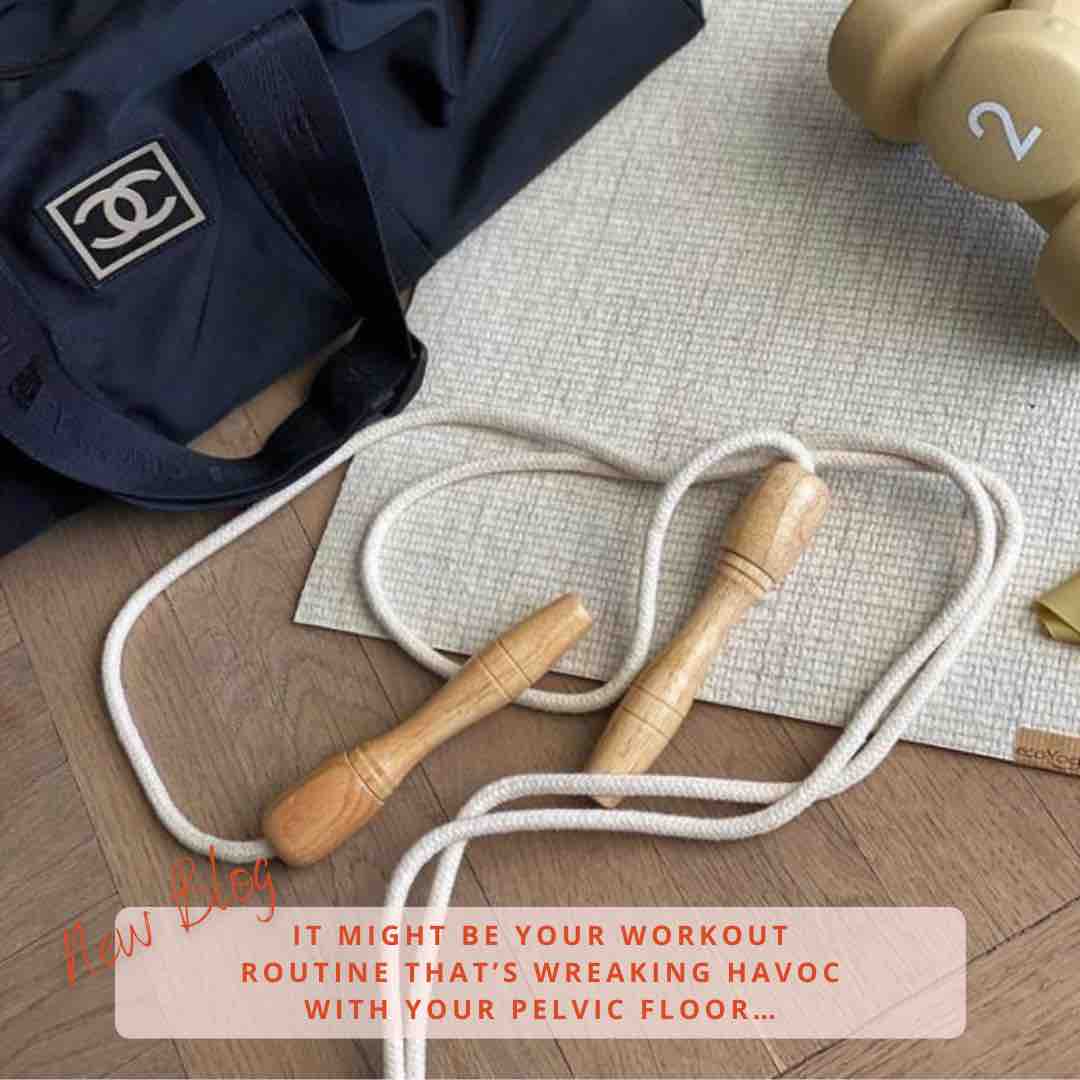
It might be your workout routine that’s wreaking havoc with your pelvic floor…
One in four women suffer from a pelvic-floor disorder, with it being much more common among gym-goers. This is a result of excessive amounts of cardio & poor breathing techniques, causing tightness, discomfort and incontinence.
So what’s the relationship between cardio and the pelvic floor?
The pelvic floor plays a vital role in your gym routine, stabilising your core, preventing injury, and supporting the pelvic organs, bladder and colon. The pelvic-floor muscles also stabilise the hips and spine. Low-impact cardio, like cycling and walking, does not require as much activation, while high-impact activity, such as running and HIIT, demands much more activation.
Should you avoid running if you have a weak pelvic floor?
Yes. If you experience any leakage during running, stop running in the short-term and practice pelvic floor exercises or seek help from a pelvic health physio, it’s really important to get any niggles sorted.
How much leakage is normal?
No amount of urinary leakage during activity is normal. Think about it like any other niggles you may have during exercise; if you had on-going knee or hip pain, you’d book in to see a physio. Don’t treat the pelvic floor differently just because there’s no obvious pain.
Can your pelvic floor become tight like other muscles?
Absolutely, an overly-tight pelvic floor can cause just as many problems as a weak one. If you’re suffering from pain during sex or when using a tampon, or going to the loo more often than normal, your pelvic floor could be overly tight. This is often caused by poor breathing techniques, especially if you tend to hold your breath when lifting weights. Similarly, if you solely focus on cardio without working on mobility then your pelvic floor can become tight.
What are the golden rules for a healthy pelvic floor?
Treat your pelvic floor like you would any other muscle. If you don’t focus on strengthening it, it will weaken over time. Pilates is a great way to encourage healthy pelvic-floor activation and, when in the gym, concentrate on your breathing. Try exhaling through the effort of your exercise; for example, as you stand up from a squat, exhale and contract your pelvic floor.






